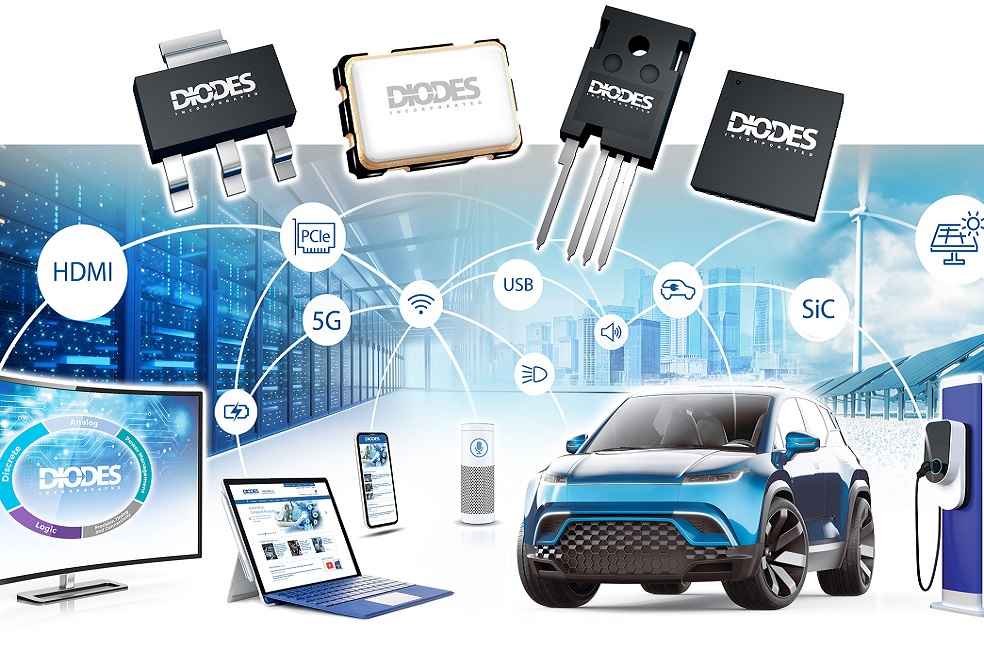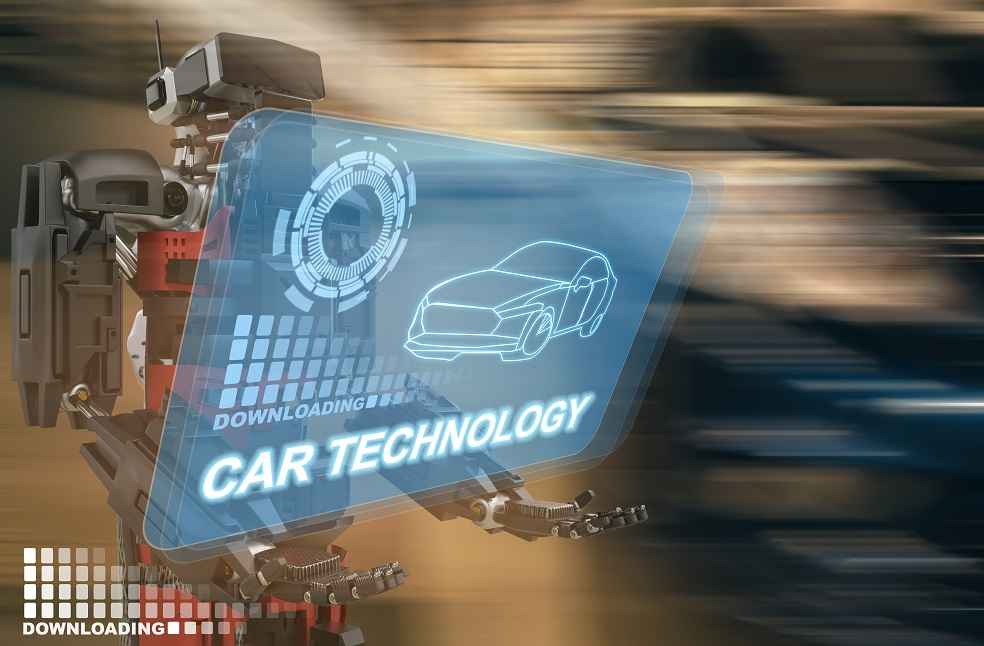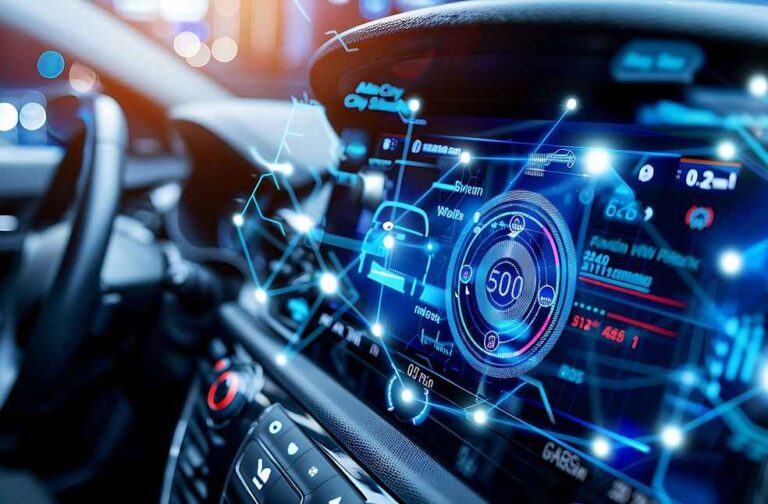The automotive industry is witnessing a significant shift towards safer, smarter, and more connected vehicles. Recent developments by Diodes Incorporated, Waymo, and the U.S. Department of Transportation (DOT) are at the forefront of this transformation, introducing technologies that are poised to redefine how vehicles operate and interact on the road.
Diodes Incorporated Launches Automotive Redriver
Diodes Incorporated has introduced the PI3DPX1225Q, an automotive-compliant crossbar multiplexer designed for USB type-C DP-Alt DP 2.1 and USB 3.2 gen-2 linear redriver applications. This device supports data rates up to 10 Gbps, ensuring high-speed data transmission and improved signal integrity. The device features a non-blocking linear redriver architecture, enhancing performance by reducing jitter. Integrated linear equalization technology further ensures reliable data transmission by allowing the receiver’s decision feedback equalizer (DFE) to operate without interference.

The PI3DPX1225Q is also equipped with built-in control logic for handling type-C plug and unplug events, including orientation detection and flipping. Operating from a 3.3-V power supply, the device is AEC-Q100 grade-3 qualified, making it a robust solution for automotive applications.
Waymo Unveils Next-Generation Autonomous Driving System
Waymo has rolled out its sixth-generation Waymo Driver system, marking a major advancement in autonomous vehicle technology. The new system integrates an upgraded suite of sensors, including 13 cameras, four LiDAR units, six radar sensors, and external audio receivers, providing a comprehensive 360-degree field of view. This sensor fusion technology allows the vehicle to detect and interpret its environment up to 500 meters away, even in challenging weather conditions like rain, fog, and snow.
Waymo has optimized the system for better performance and cost efficiency, reducing the number of sensors while maintaining safety-critical redundancies. Improvements in the LiDAR system have enhanced range and accuracy, while strategic sensor placement and calibration have further refined the vehicle’s capabilities. With millions of simulated miles and thousands of real-world miles already logged, Waymo is accelerating the deployment of its autonomous vehicles on U.S. roads.
DOT Pushes for V2X Technology Deployment

The U.S. Department of Transportation (DOT) has announced a comprehensive plan to deploy vehicle-to-everything (V2X) technology across the nation’s roadways. V2X enables wireless communication between vehicles, infrastructure, and other road users, and is a key component of the DOT’s strategy to eliminate roadway fatalities.
The plan emphasizes using the 5.895–5.925 GHz spectrum band for low-latency, high-reliability communication and sets ambitious deployment targets. By 2028, V2X technology is expected to be installed on 20% of the National Highway System and 25% of signalized intersections in the top 75 metro areas. By 2036, V2X deployment is expected to cover the entire National Highway System, with 85% of intersections in major metropolitan areas enabled.
To ensure secure communication, the DOT is focusing on developing a Security Credential Management System (SCMS) to protect V2X networks from cyber threats.
Shaping the Future of Automotive Innovation

The recent advancements by Diodes Incorporated, Waymo, and the DOT underscore a clear trend towards more integrated, intelligent, and connected vehicles. The push for enhanced sensor systems, robust V2X communication, and efficient multiplexing solutions signals a future where cohesive hardware and software integration will be crucial. As technology developers, automakers, and regulators collaborate more closely, the automotive industry is set to experience a decade of innovation, promising a more autonomous, efficient, and safer driving experience.
INFORMATIVE | Magna Launches EcoSphere: Zero-Waste Auto Seating Revolution!





